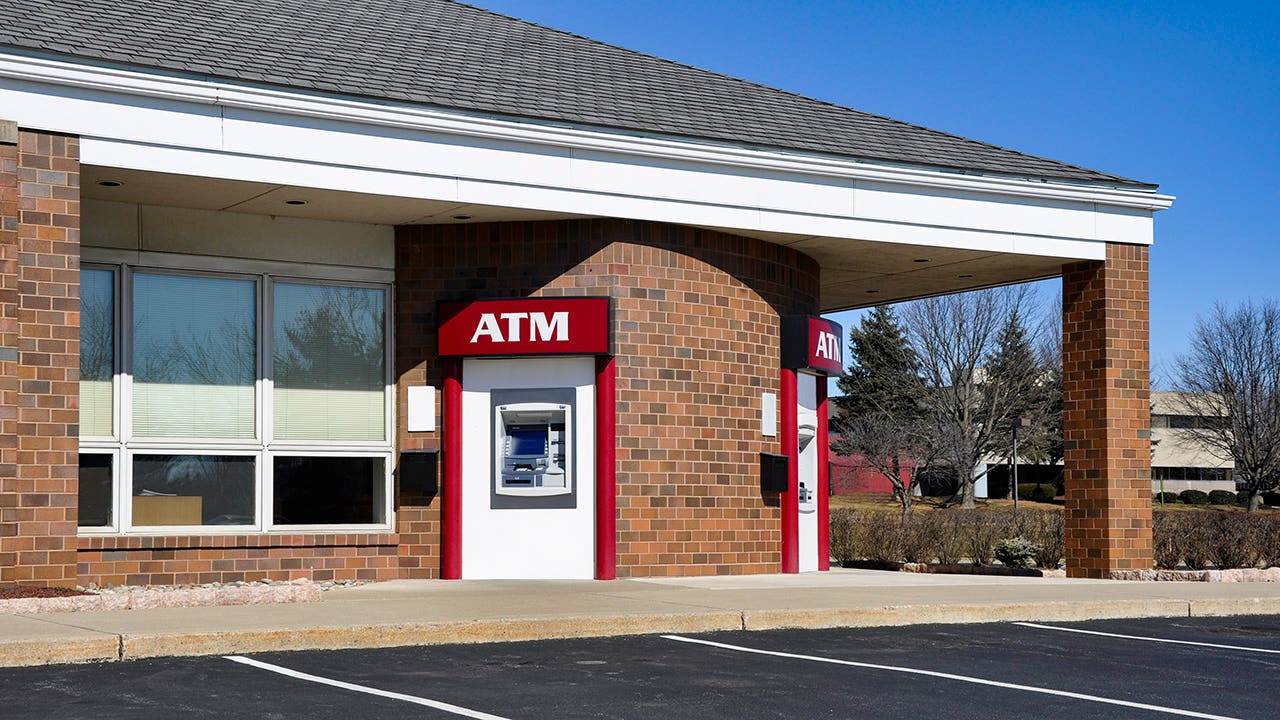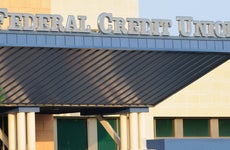Pros and cons of community banks

The Bankrate promise
At Bankrate we strive to help you make smarter financial decisions. While we adhere to strict , this post may contain references to products from our partners. Here's an explanation for .
Community banks offer products such as deposit accounts (savings accounts, money market accounts and certificates of deposit) and loans primarily to those who reside in the neighborhood where the bank is located. These banks are often known for providing friendlier, more personalized service than larger, national banks.
Because many areas of the U.S. are not served by larger banks, community banks often play a vital role in providing local banking services to consumers and businesses, according to the Federal Deposit Insurance Corporation (FDIC).
Whether a community bank is right for you may depend on the type of products and services you’re seeking. Here are the pros and cons of community banks.
Key takeaways
- A community bank offers deposit accounts and loans mainly to local residents and businesses.
- Community banks are those that have under $1 billion in assets, according to the FDIC.
- Community banks commonly offer personalized service and investment in their communities, and some charge lower fees than big banks — although their offerings may be more limited than those from large banks.
What is a community bank?
Community banks are commonly defined as individual banks that have less than $1 billion in assets, while community banking organizations generally are those with under $10 billion in assets. There were 4,230 community banks in the U.S. in 2023, according to the FDIC. In its most recently reported branch count, the FDIC stated there were more than 29,000 community bank branches in 2019.
Since community banks are often privately owned, they tend to focus on their communities’ interests rather than capital market demands, according to the FDIC.
Pros of community banks
- Personalized service: Community banks are commonly owned and managed by people who live near the bank. As such, bank employees may have long-standing friendships with customers and be able to provide more personalized service.
- Local investment: A bank’s focus on giving loans to those in its own community helps local businesses and residents thrive.
- Relationship banking: Community bank officers may take into account discretionary spending and family history when making loans, rather than relying solely on impersonal data like credit scores, according to the Independent Community Bankers of America (ICBA).
- Community service commitment: Like other local businesses, neighborhood banks often give back to their community through volunteer work and supporting local charitable organizations.
- Lower fees: Some community banks charge lower fees than national banks. For instance, fees for overdrafts and nonsufficient funds (NSF) are 13-19 percent lower at small banks and credit unions than at large banks, according to a 2021 report from the Consumer Financial Protection Bureau.
Cons of community banks
- Limited number of products and services: While community banks typically offer deposit products and loans, they might not have some of the specialized products more commonly offered by big banks such as credit cards and investment services.
- Fewer branches and ATMs: Unlike national banks, you’re less likely to have access to a branch when traveling, and the network of ATMs may be limited. However, some banks reimburse their customers for fees associated with out-of-network ATM use.
- Less robust digital banking: The digital banking offerings of community banks may be less sophisticated than those of national banks. Smaller banks may also have fewer resources to devote to the security of their digital banking systems.
Deciding between a community bank and a national bank
A community bank may be worth considering if you prefer to use a financial institution run by people who live in your community, as well as one that focuses on providing deposit products and loans to local residents. It’s also a good option for those who prefer a bank that invests time and resources in local charities.
A big bank may be a better option for those who are seeking a larger network of branches, a more robust mobile app and a fuller suite of products and services.
How to find a community bank
Community banks commonly advertise, so keep an eye out for their ads around town or in your local newspaper. Since they often sponsor community events, you may also see their name on signs and banners.
You can also find a community bank near you on the ICBA website.
Bottom line
Community banks offer an array of unique benefits and are often sought out by consumers who prefer a more personalized banking experience. They often contribute to their communities by supporting various neighborhood initiatives and charitable organizations. In all, they play a vital role in providing local banking services, including in areas that otherwise would not offer a bank branch.
Related Articles



